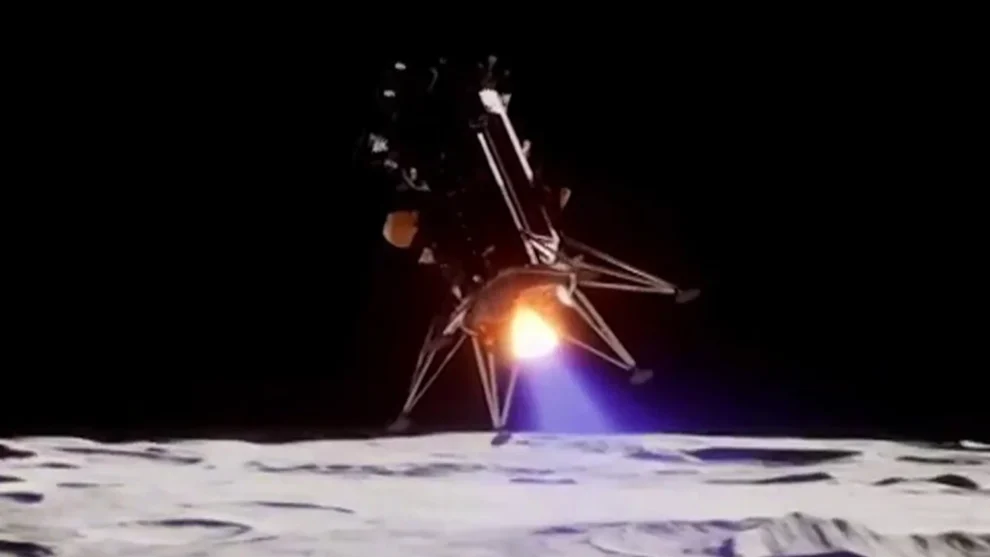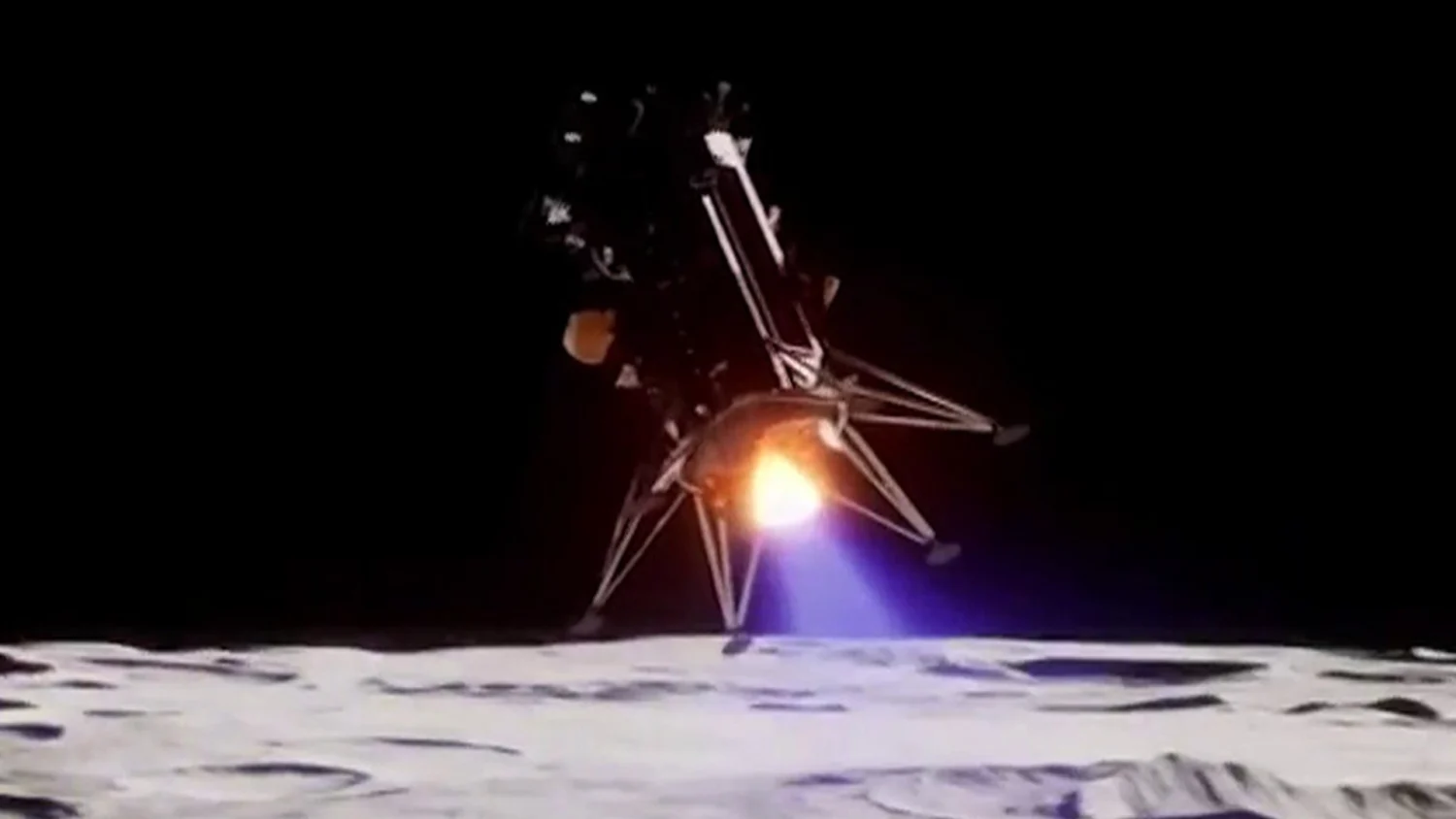In a remarkable leap towards expanding our understanding and presence on the Moon, the Odysseus moon lander, a key player in the ambitious lunar mission orchestrated by Intuitive Machines, encountered an unforeseen challenge during its historic mission. Despite the setback of tipping over upon landing, Odysseus managed to send back data, marking a significant milestone in lunar exploration.
Key Highlights:
- Odysseus, the Nova-C lander by Intuitive Machines, successfully landed on the Moon, marking a historic achievement.
- Upon landing, the lander unfortunately tipped over, affecting its mission but still managed to transmit some data back to Earth.
- The mission was notable for its use of methane and oxygen as fuel, a pioneering choice for deep space missions.
Mission Overview and Technical Aspects
The Nova-C lander, named Odysseus, embarked on its lunar journey aboard a SpaceX Falcon 9 rocket, marking a significant milestone in commercial space exploration. With a structure designed for autonomy and the capability of relocating itself if necessary, Odysseus represented a leap forward in lunar landing technology. The lander’s innovative guidance, navigation, and control systems, alongside its autonomous landing and hazard detection technology, promised a new era of lunar exploration.
Odysseus carried a mix of commercial and NASA payloads, aiming to bolster our understanding of the lunar surface and support future Artemis missions. Among its payloads was EagleCam, a student-built camera system from Embry-Riddle Aeronautical University, designed to capture third-person images of the lander touching down on the lunar surface.
The Path to the Moon and Beyond
Following its launch, the Odysseus lander performed a series of critical maneuvers, including a commissioning burn of its main engine in the vacuum of space—a critical step given the lander’s pioneering methalox (methane and oxygen) engine. This engine choice, believed to be the future of deep space exploration technology, underwent extensive testing to ensure its performance in the unique conditions of space.
Despite the successful execution of these pre-landing steps, the lander faced an unexpected challenge upon touchdown, tipping over on its side. This incident, while unfortunate, did not completely halt the mission’s scientific objectives. Some data was successfully transmitted back to Earth, providing valuable insights, although some antennas, not oriented towards Earth, limited the data transmission.
Challenges and Resilience
The tipping over of the lander upon landing underscores the inherent challenges of space exploration. Despite the meticulous planning and testing, missions to uncharted territories like the Moon’s surface entail risks. However, the ability to send back data despite the mishap demonstrates resilience and the value of designing missions that can yield scientific and engineering data under less-than-ideal circumstances. These lessons are invaluable for refining future mission designs and operational protocols.
The Odysseus mission, with its ambitious goals and pioneering technology, stands as a testament to human ingenuity and the relentless pursuit of knowledge. While the tipping over of the lander presents a setback, the mission’s partial success underscores the complexities of space exploration and the importance of resilience. This incident serves as both a reminder of the challenges that lie ahead and a beacon of motivation for future missions to not only reach the lunar surface but to also secure a stable presence there. In pushing the boundaries of what’s possible, missions like Odysseus pave the way for a future where the Moon becomes not just a destination but a stepping stone to the broader cosmos.



















